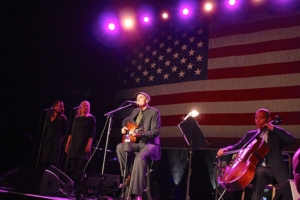You might not understand this from following just traditional news outlets, but over the course of a year, the news-friendly January 6 Select Committee and even the public parts of the locked-down DOJ investigation have met at a common pivot point in their investigation of January 6: on Trump’s efforts to pressure Mike Pence to violate the Constitution.
Trump did so, first, with personal pressure. Then he sent his mob.
The pressure on Pence is how Trump’s plotting in advance of January 6 affirmatively led directly to — not just through inaction, but through action — specific steps taken by confessed mobsters to assault the Capitol.
Already in February of last year, both the House Impeachment Managers and I recognized the centrality of Trump’s treatment of his Vice President to his liability for the January 6 insurrection.
Trump had nothing to say in defense of his actions with regards to Mike Pence.
The House brief mentions Pence, by title and sometimes by name, 36 times. Those mentions include a description of how Pence was presiding over the counting of the electoral vote, how he fled when Trump’s mobsters flooded into the Capitol, how the attackers targeted him by name, how Secret Service barely kept him safe, how Trump’s own actions made Pence’s danger worse.
The House brief dedicates a section to how Pence refused to do what Trump explicitly asked him to do, to unilaterally discount certain electoral votes.
C. Vice President Pence Refuses to Overturn the Election Results
By the time the rally began, President Trump had nearly run out of options. He had only one card left to play: his Vice President. But in an act that President Trump saw as an unforgivable betrayal, Vice President Pence refused to violate his oath and constitutional duty—and, just hours later, had to be rushed from the Senate chamber to escape an armed mob seeking vengeance.
In the weeks leading up to the rally, President Trump had furiously lobbied Vice President Pence to refuse to count electoral votes for President Biden from any of the swing states.68 These demands ignored the reality that the Vice President has no constitutional or statutory authority to take that step. Over and over again, President Trump publicly declared that if Vice President Pence refused to block the Joint Session from finalizing President Biden’s victory, then the election, the party, and the country would be lost. “I hope Mike Pence comes through for us, I have to tell you,” President Trump said in Georgia on January 4.69 The next day, he tweeted: “If Vice President @Mike_Pence comes through for us, we will win the Presidency.”70 President Trump reiterated this demand just hours before the rally: “States want to correct their votes, which they now know were based on irregularities and fraud, plus corrupt process never received legislative approval. All Mike Pence has to do is send them back to the States, AND WE WIN. Do it Mike, this is a time for extreme courage!”71 On the morning of January 6, President Trump reportedly told Vice President Pence, “You can either go down in history as a patriot, or you can go down in history as a pussy.”72
Later that day, while President Trump was speaking at his rally, Vice President Pence issued a public letter rejecting President Trump’s threats. “It is my considered judgment,” he wrote, “that my oath to support and defend the Constitution constrains me from claiming unilateral authority to determine which electoral votes should be counted and which should not.”73
This letter sounded the death knell to any peaceful methods of overturning the election outcome. It was well known that the House and Senate were going to count the lawfully certified electoral votes they had received. President Trump’s efforts to coerce election officials, state legislatures, the DOJ, Members of Congress, and his own Vice President had all failed. But he had long made it clear that he would never accept defeat. He would fight until the bitter end. And all that remained for President Trump was the seething crowd before him—known to be poised for violence at his instigation—and the Capitol building just a short march away, where Vice President Pence presided over the final, definitive accounting of President Trump’s electoral loss.
[snip]
In other words, a key part of the House brief describes Trump giving Pence an illegal order, and then, after Pence refused to follow that order and announced he would do his own Constitutional duty, Trump took actions to focus the anger of the mob on his own Vice President.
It’s not just what Trump said about Pence, the incitement of an assassination attempt against his Vice President that Trump claims is protected by the First Amendment, but it’s about an illegal order Trump gave to Pence, which Pence duly ignored.
That order was unconstitutional, and as such is not protected by the First Amendment.
Trump’s brief, by contrast, mentions the Vice President (only by title) just three times, two of which are simply citations from the House brief. The sole mention of the man he almost got hanged involves a concession that the Vice President was, indeed, presiding over the counting of the votes.
It is admitted that on January 6, 2021 a joint session of Congress met with the Vice President, the House and the Senate, to count the votes of the Electoral College.
But in response to the second citation from the House brief mentioning Pence, Trump instead pivots to defending the Republican members of Congress challenging state results. As part of that discussion, Trump denies any intention of interfering with the counting of Electoral votes. That denial focuses exclusively on the actions of Members of Congress, not Pence.
Since that time, Congress has been investigating from the top down, aided by the press and a healthy bunch of Pence staffers horrified by what happened to their boss. DOJ has been investigating (at a minimum) from the crime scene up.
The Select Committee appears to have corroborated stories told by Bobs Woodward and Costa in Peril. After losing all their attempts to challenge the election in the courts and backed by a coup memo from John Eastman, in December 2020, Trump’s people started demanding that Pence refuse the vote totals from a select group of states.
At the end, he announces that because of the ongoing disputes in the 7 States, there are no electors that can be deemed validly appointed in those States. That means the total number of “electors appointed” – the language of the 12th Amendment — is 454. This reading of the 12th Amendment has also been advanced by Harvard Law Professor Laurence Tribe (here). A “majority of the electors appointed” would therefore be 228. There are at this point 232 votes for Trump, 222 votes for Biden. Pence then gavels President Trump as re-elected.
Howls, of course, from the Democrats, who now claim, contrary to Tribe’s prior position, that 270 is required. So Pence says, fine. Pursuant to the 12th Amendment, no candidate has achieved the necessary majority. That sends the matter to the House, where the “the votes shall be taken by states, the representation from each state having one vote . . . .” Republicans currently control 26 of the state delegations, the bare majority needed to win that vote. President Trump is re-elected there as well.
Pence conducted a series of consultations, most notably with his predecessor Dan Quayle, who counseled Pence could only open the ballots. In the hours before the riot, conservative legal stars John Yoo and Michael Luttig backed the Vice President as well.
That led to the remarkable scene on January 5 (as described in Peril, though Keith Kellogg is among the witnesses who cooperated with the Select Committee under a friendly subpoena and Peril’s account relies heavily on him and other Pence aides), as Trump invited Pence to call on unconstitutional power from the mob.
On the evening of January 5, as he waited for Pence to arrive from a coronavirus task force meeting, an aide informed Trump his supporters were gathering near the White House on Freedom Plaza near Pennsylvania Avenue.
Despite the bitter cold, the supporters were cheering loudly and chanting his name. They were waving “Make America Great Again” flags.
When Pence arrived, Trump told him about the thousands of supporters. They love me, he said.
Pence nodded. “Of course, they’re here to support you,” he said. “They love you, Mr. President.
“But,” Pence added, “they also love our Constitution.”
Trump grimaced.
That may be, Trump said, but they agree with him regardless: Pence could and should throw Biden’s electors out. Make it fair. Take it back.
That is all I want you to do, Mike, Trump said. Let the House decide the election. Trump was not ready to give up, especially to a man he maligned as “Sleepy Joe.”
“What do you think, Mike?” Trump asked.
Pence returned to his mantra: He did not have the authority to do anything other than count the electoral votes.
“Well, what if these people say you do?” Trump asked, gesturing beyond the White House to the crowds outside. Raucous cheering and blasting bullhorns could be heard through the Oval Office windows.
“If these people say you had the power, wouldn’t you want to?” Trump asked.
“I wouldn’t want any one person to have that authority,” Pence said.
“But wouldn’t it almost be cool to have that power?” Trump asked.
“No,” Pence said. “Look, I’ve read this, and I don’t see a way to do it.
“We’ve exhausted every option. I’ve done everything I could and then some to find a way around this. It’s simply not possible. My interpretation is: No.
“I’ve met with all of these people,” Pence said, “they’re all on the same page. I personally believe these are the limits to what I can do. So, if you have a strategy for the 6th, it really shouldn’t involve me because I’m just there to open the envelopes. You should be talking to the House and Senate. Your team should be talking to them about what kind of evidence they’re going to present.”
In spite of Pence’s refusals, Trump released a false statement that the Vice President would, in fact, do Trump’s dirty work.
Late Tuesday evening, January 5, as word dripped out in the press that Pence was holding, Trump directed his campaign to issue a statement claiming that he and Pence were in “total agreement that the Vice President has the power to act.”
This set the expectation with the already enraged mob that their efforts to keep Trump in office might just work.
As the Select Committee revealed last night, the White House Counsel’s Office was objecting to all of this, and threatening to resign if Trump tried it. Sean Hannity learned about those threats as early as December 31 and shared his concerns with Mark Meadows.
We can’t lose the entire WH counsels office. I do NOT see January 6 happening the way he is being told. After the 6 th. [sic] He should announce will lead the nationwide effort to reform voting integrity.
Go to Fl and watch Joe mess up daily. Stay engaged. When he speaks people will listen.
The night of January 5, the same night Trump falsely claimed that Pence would go along with the plan, Hannity again told Mark Meadows he was worried the White House Counsel lawyers would quit.
Pence pressure. WH counsel will leave.
Whether or not Hannity sits for an interview with the Select Committee, the release of texts showing that Trump or Meadows shared privileged advice that the White House Counsel gave to Trump (thereby waiving any privilege claim) may have made the testimony of those lawyers themselves accessible, if not to the Select Committee, then under subpoena from DOJ.
That’s important, because as the DOJ prosecutor guiding DOJ’s use of 18 USC 1512(c)(2) to charge those who participated in the insurrection, James Pearce, has already noted, one way an unnamed person just like Trump might act corruptly would be by asking someone else to violate their duty: If that person, “calls Vice President Pence to seek to have him adjudge the certification in a particular way … knowing it is not an available argument [and is] asking the vice president to do something the individual knows is wrongful … one of the definitions of ‘corruptly’ is trying to get someone to violate a legal duty.”
By publicly releasing those Hannity texts, the Select Committee may have made proof that Trump knew his request to Pence was illegal available to DOJ.
Still, any testimony Hannity could offer is important for what came next: because Hannity seems to have known that Trump’s persistence would lead to trouble.
Already knowing that Pence would not reject the vote tallies, already knowing Pence didn’t have that power, Trump riled up his mob in his speech by making it clear everything came down to Pence.
And he looked at Mike Pence, and I hope Mike is going to do the right thing. I hope so. I hope so.
Because if Mike Pence does the right thing, we win the election. All he has to do, all this is, this is from the number one, or certainly one of the top, Constitutional lawyers in our country. He has the absolute right to do it. We’re supposed to protect our country, support our country, support our Constitution, and protect our constitution.
States want to revote. The states got defrauded. They were given false information. They voted on it. Now they want to recertify. They want it back. All Vice President Pence has to do is send it back to the states to recertify and we become president and you are the happiest people.
And I actually, I just spoke to Mike. I said: “Mike, that doesn’t take courage. What takes courage is to do nothing. That takes courage.” And then we’re stuck with a president who lost the election by a lot and we have to live with that for four more years. We’re just not going to let that happen.
Trump led his mob to believe only Pence could help them, and if Pence did, Trump falsely led many of them to believe, it would amount to following the Constitution (precisely the opposite of what his White House Counsel appears to have had told him).
Pennsylvania has now seen all of this. They didn’t know because it was so quick. They had a vote. They voted. But now they see all this stuff, it’s all come to light. Doesn’t happen that fast. And they want to recertify their votes. They want to recertify. But the only way that can happen is if Mike Pence agrees to send it back. Mike Pence has to agree to send it back.
And many people in Congress want it sent back.
And think of what you’re doing. Let’s say you don’t do it. Somebody says, “Well, we have to obey the Constitution.” And you are, because you’re protecting our country and you’re protecting the Constitution. So you are.
That’s what Trump left his mob with as he falsely promised he would walk to the Capitol with them.
So let’s walk down Pennsylvania Avenue.
Already, at that moment, the Proud Boys had kicked off the attack. Moments later, Pence released his letter stating he would certify the vote. “Four years ago, surrounded by my family, I took an oath to support and defend the Constitution, which ended with the words, ‘So help me God.'”
And Trump’s Tweets and speech had the direct and desired effect. When Trump called out, “I hope Pence is going to do the right thing,” Gina Bisignano responded, “I hope so. He’s a deep state.” When she set off to the Capitol, Bisignano explained, “we are marching to the Capitol to put some pressure on Mike Pence.” After declaring, “I’m going to break into Congress,” Bisignano rallied some of the mobsters by talking about “what Pence has done.” She cheered through a blowhorn as mobsters made a renewed assault on the Capitol. “Break the window! she cheered, as she ultimately helped another break a window, an act amounting to a team act of terrorism.
Josiah Colt and his co-conspirators learned that Pence would not prevent the vote certification as Trump demanded. In response, they aimed to “breach the building.” Colt set out to where Pence was presiding. “We’re making it to the main room. The Senate room.” Where they’re meeting.” His co-conspirators Ronnie Sandlin and Nate DeGrave are accused of assaulting a cop to get into the Senate.
Jacob Chansley mounted the dais where Pence should have been overseeing the vote count and declared, “Mike Pence is a fucking traitor,” and left him a note, “It’s Only A Matter of Time. Justice Is Coming!”
Matthew Greene never went to listen to Trump speak. Instead, he was following orders from top Proud Boys, a bit player in an orchestrated attack to surround and breach the Capitol. His goal in doing so was to pressure Pence.
Greene’s intent in conspiring with others to unlawfully enter the restricted area of the Capitol grounds was to send a message to legislators and Vice President Pence. Greene knew he lawmakers and the Vice President were inside the Capitol building conducting the certification of the Electoral College Vote at the time the riot occurred. Green hoped that his actions and those of his co-conspirators would cause legislators and the Vice President to act differently during the course of the certification of the Electoral Vote than they would have otherwise. Greene believed that by unlawfully entering the Capitol grounds, he and other rioters outside the building would send a stronger message to lawmakers and the Vice President inside the building, than if Green and others had stayed outside the restricted area.
There is a direct line of corrupt intent from the moment where Trump asked Pence, “If these people say you had the power, wouldn’t you want to [exercise it]?” and efforts that his mobsters — both those who planned this in advance and those who reacted to Trump’s incitement — made at the Capitol. Some of the most central players in the attack on the Capitol have testified under oath that they understood their goal to be pressuring Mike Pence. In pursuit of that, they broke into the Capitol, they assaulted cops, they occupied the Mike Pence’s seat.
Congress is currently focused on showing what Trump did during the 187 minutes after his mob had breached the Capitol — aside from his tweet focusing again on Pence.
Mike Pence didn’t have the courage to do what should have been done to protect our Country and our Constitution, giving States a chance to certify a corrected set of facts, not the fraudulent or inaccurate ones which they were asked to previously certify. USA demands the truth!
DOJ is finalizing its understanding of the coordinated effort, using the mobs Alex Jones lured to the Capitol and to a second front, that resulted in multiple breaches of the building and vastly inflated risk to Pence and members of Congress.
But on one point, both investigations have already converged: the motive of a vast many involved, from Trump to his scheming associates to organized militias to unwitting trespassers, was to was pressure Mike Pence to violate his duty.
Update, 3/3/22: In a filing trying to breach John Eastman’s claim of privilege, the January 6 Committee cited three instances of defendants reacting the Pence information.


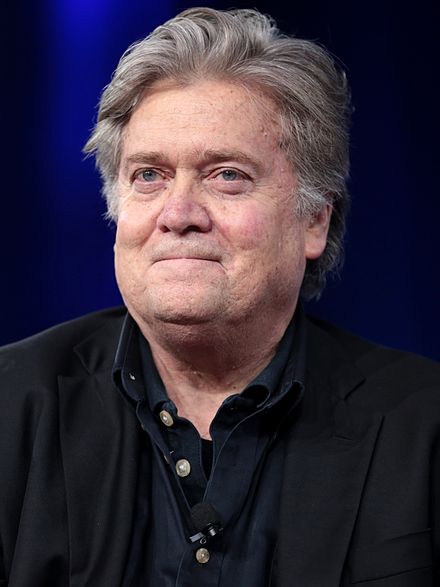

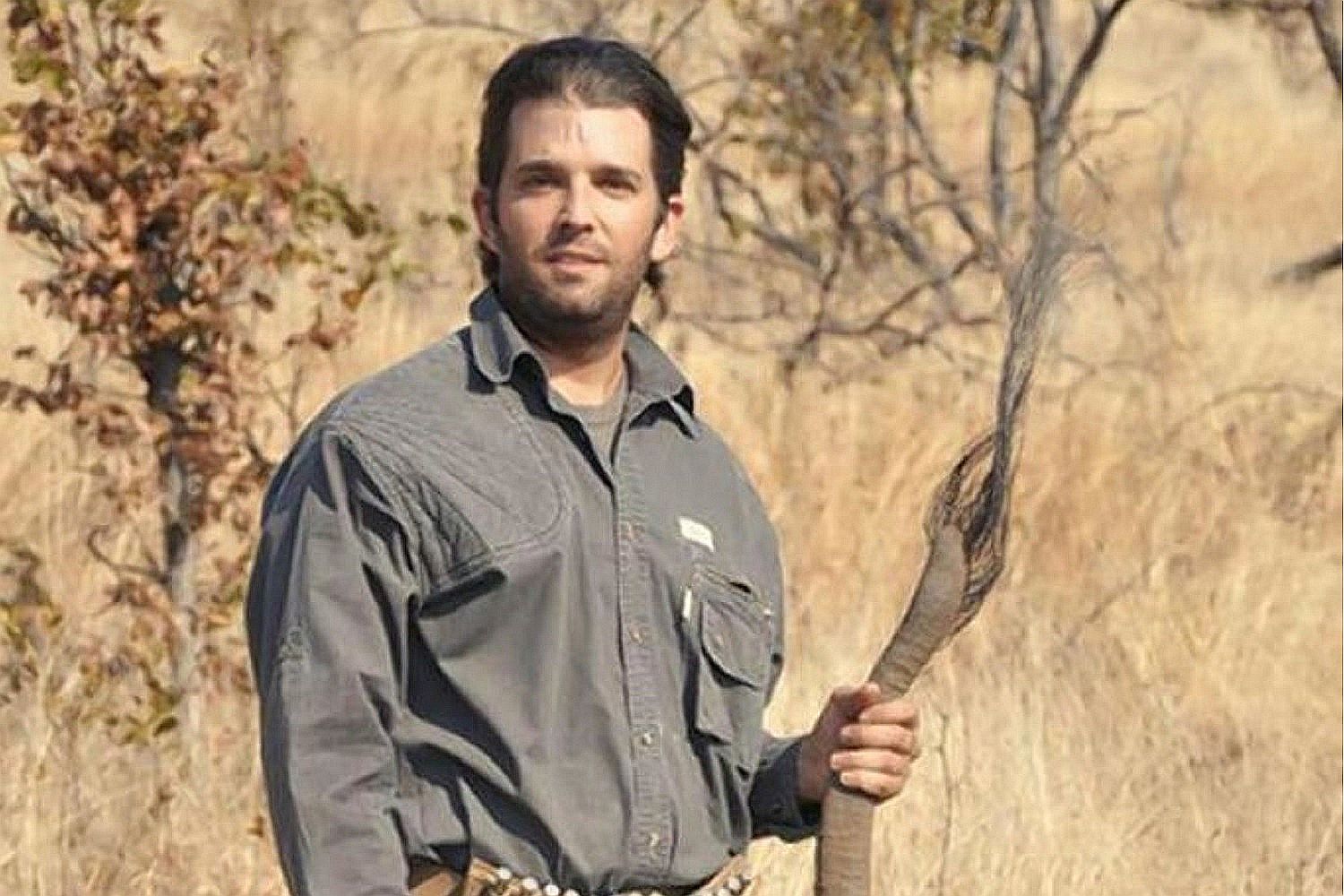
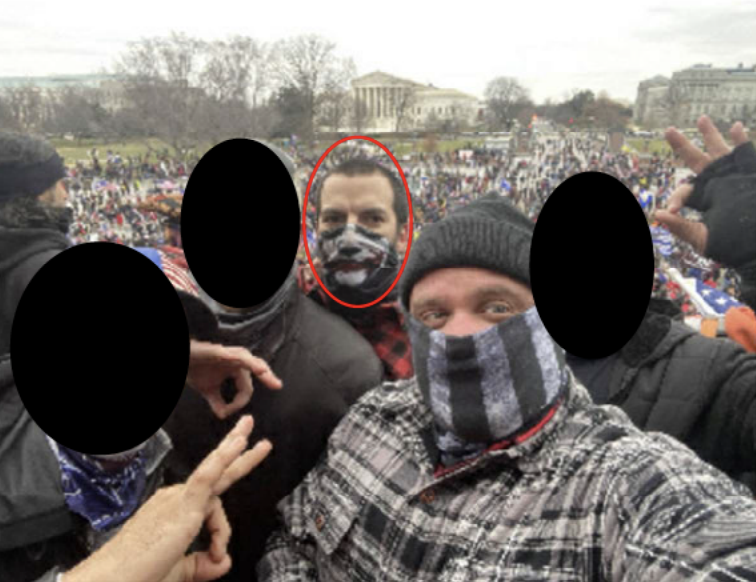
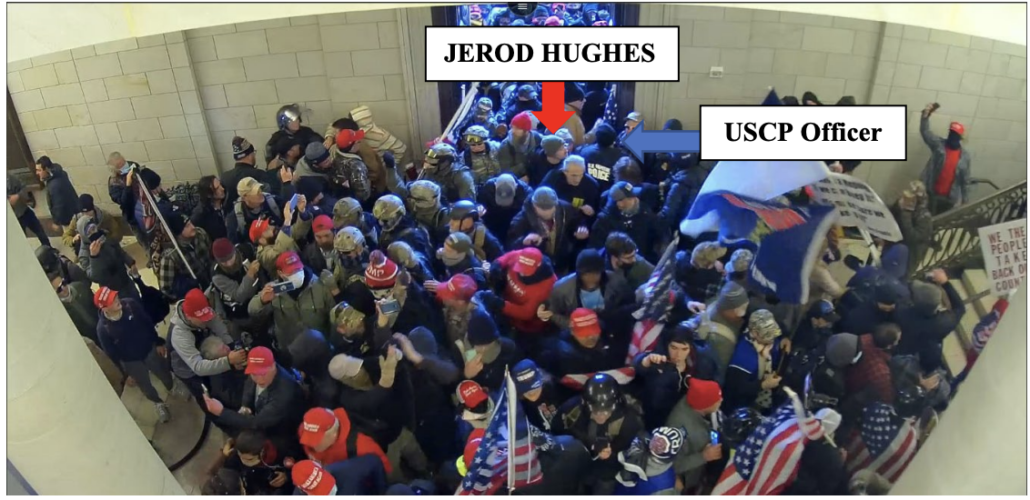
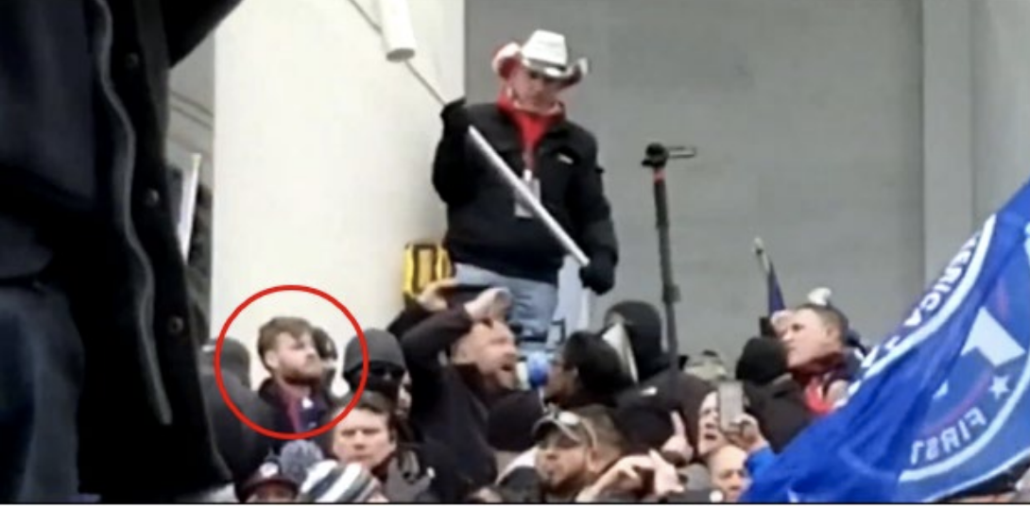

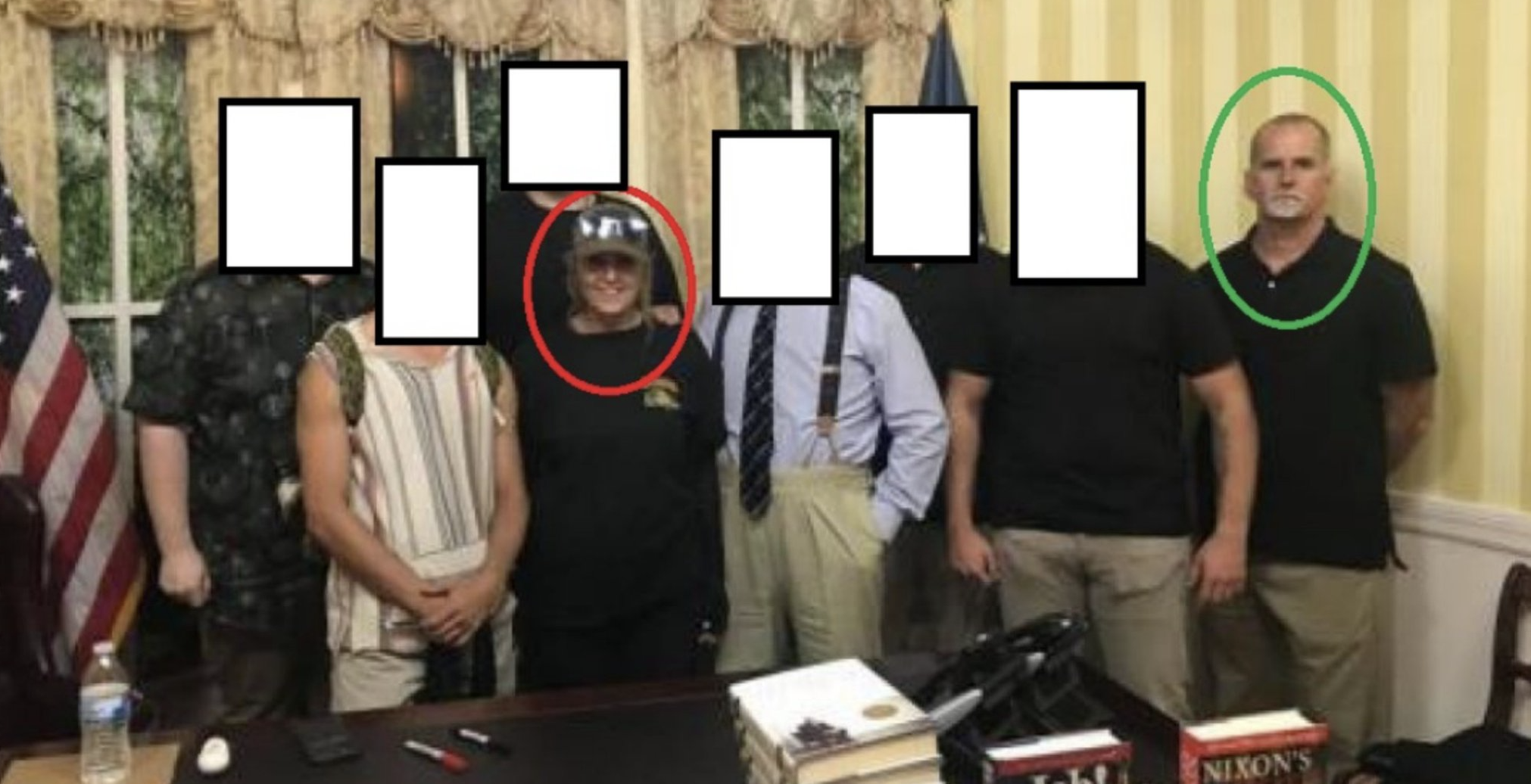
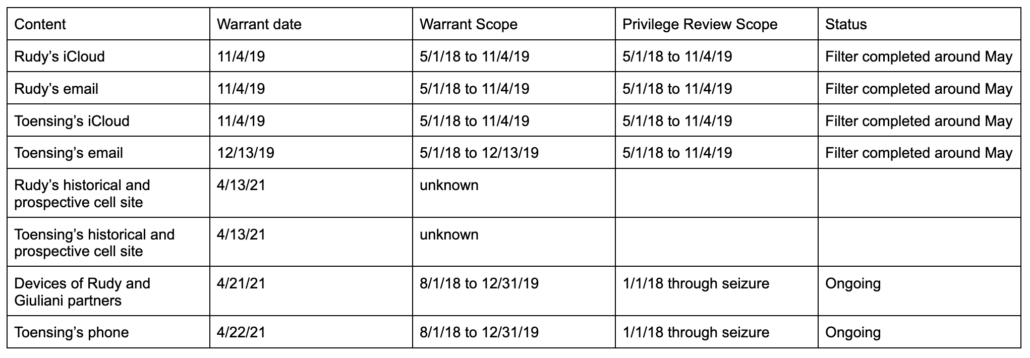
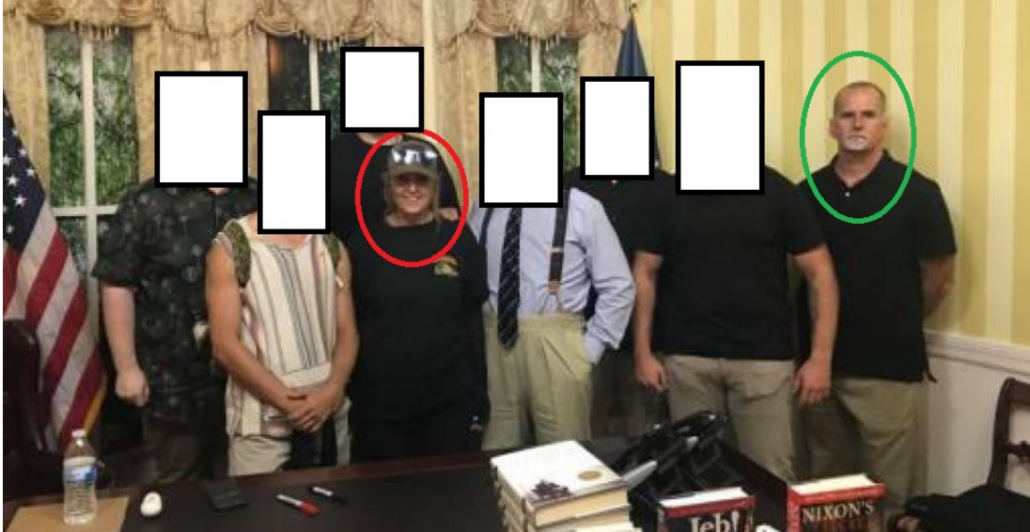



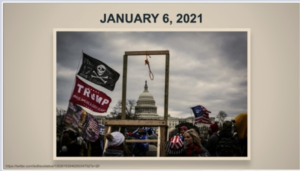
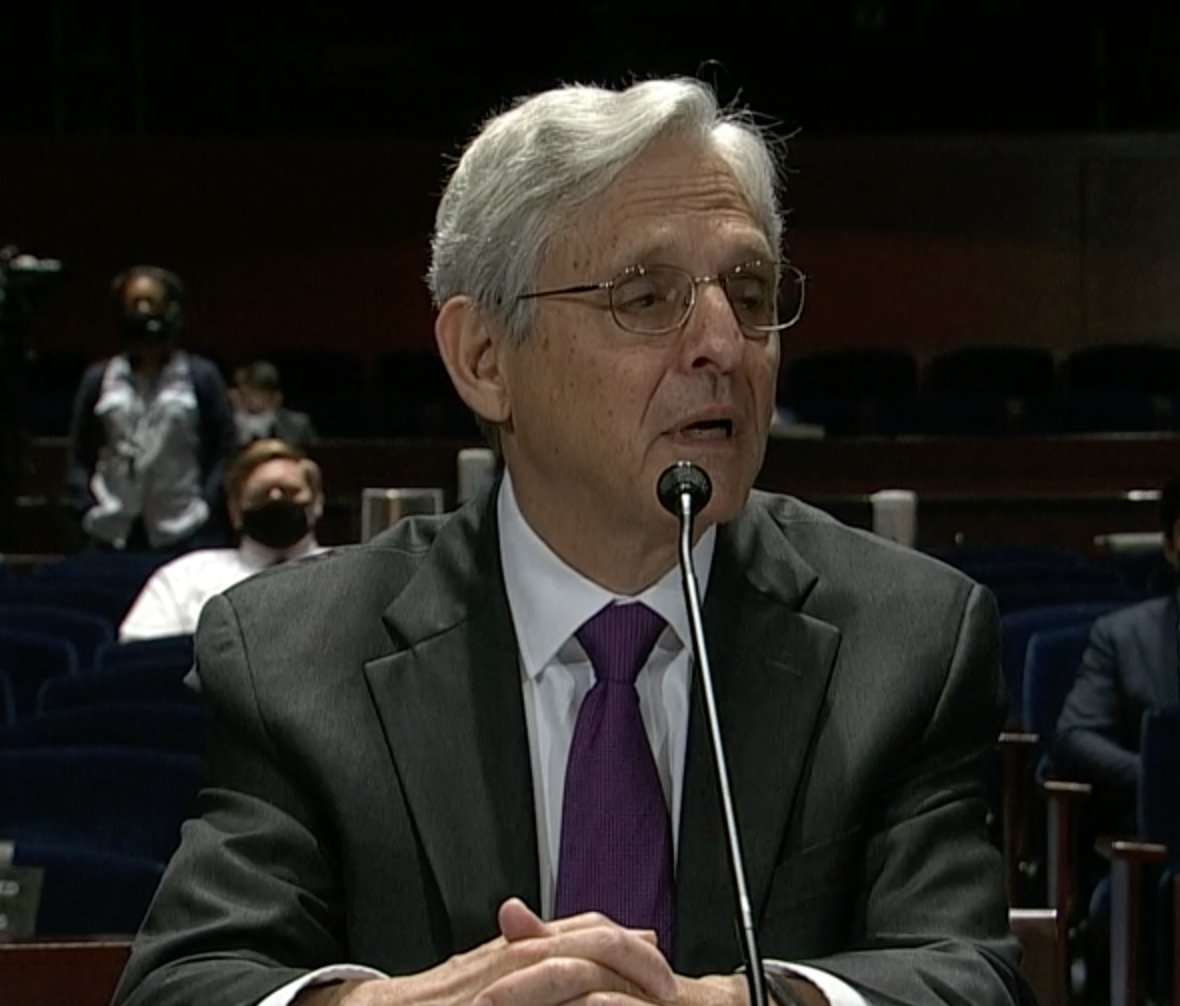
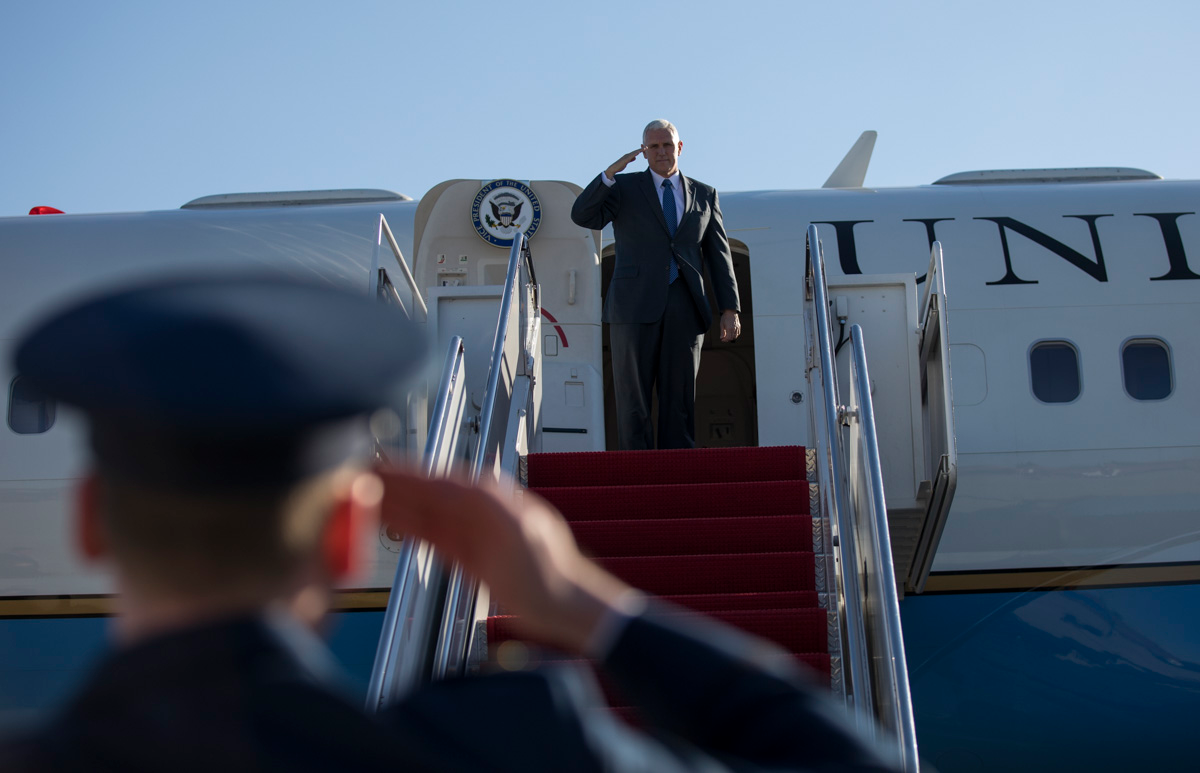

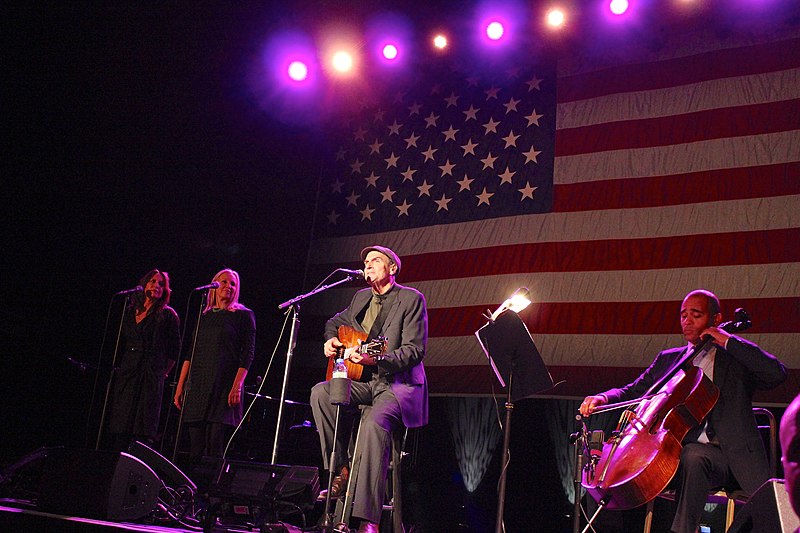 CC BY 2.0
CC BY 2.0